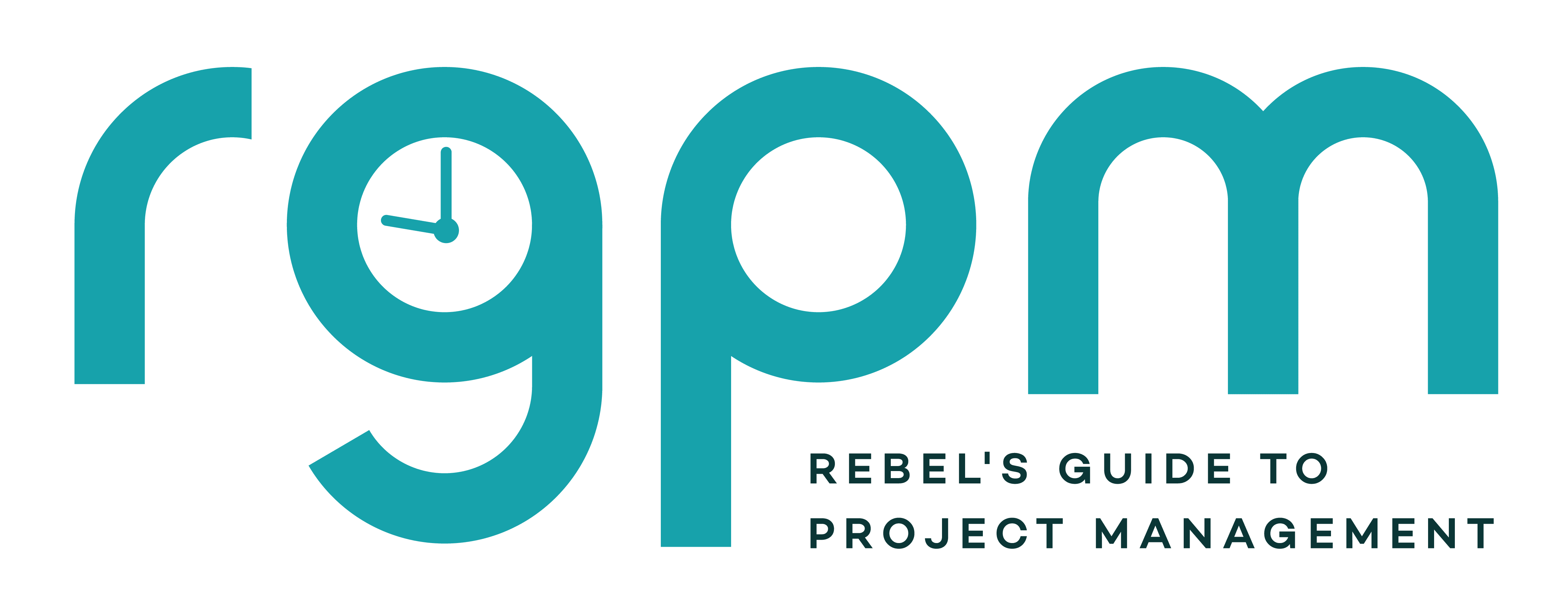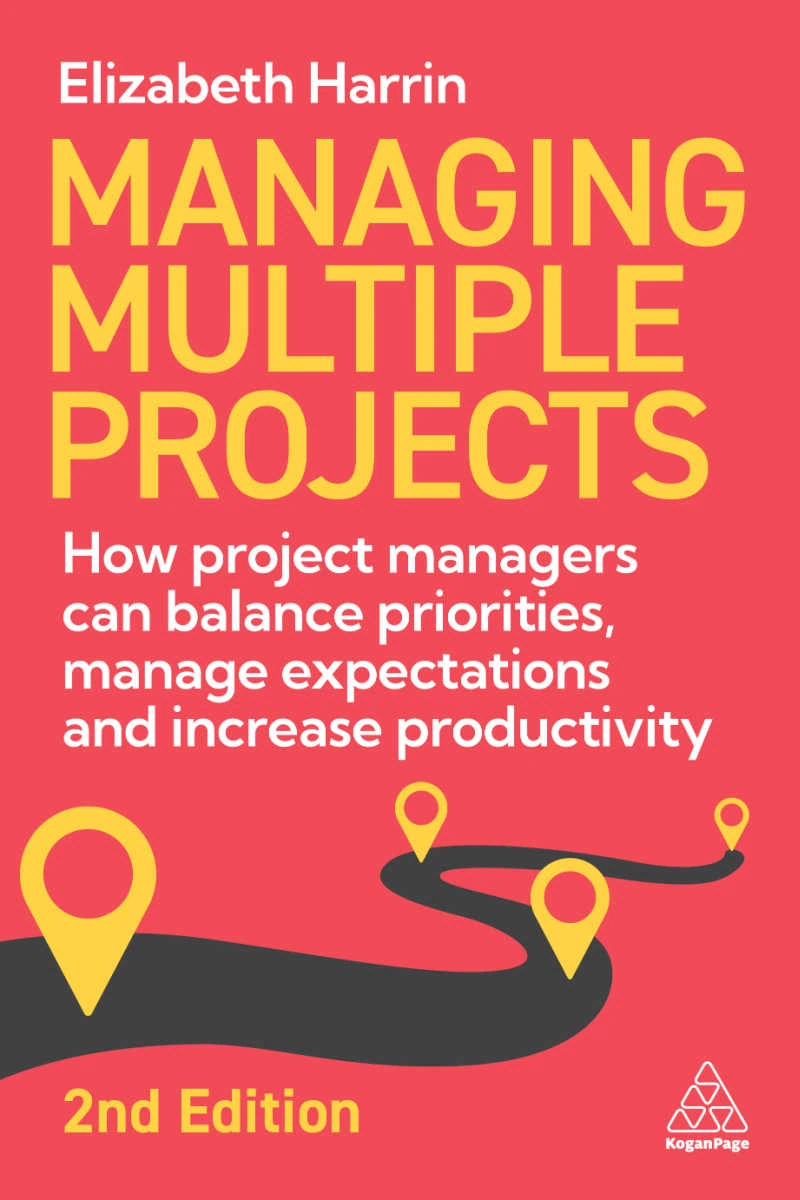Is project management training really effective?
This blog is reader-supported. When you purchase something through an affiliate link on this site, I may earn some coffee money. Thanks! Learn more.
There’s a whole industry around certification training for project managers. Job adverts declare that you have to be
Training can make you about 26% more effective, according to research by PM Solutions (link broken as at 19/7/16).
Only 28% of organizations bother to measure whether business results improve as a result of training, but these organizations see improvements across 8 measures:
- Stakeholder satisfaction: 29% improvement
- Schedule performance: 27% improvement
- Project failures: 26% reduction
- Quality: 25% improvement
- Budget performance: 25% improvement
- Requirements performance: 25% improvement
- Productivity: 24% improvement
- Time to market: 24% improvement (I don’t know how this is different from schedule performance).
Conclusive, right? Wrong
Of course, we can’t tell from the research whether the companies that don’t measure business results still see an improvement. Perhaps they do, but they don’t record it and can’t attribute it directly to training. Their project managers may still be performing better as a result of attending training.
The PM Solutions research doesn’t dig in to how businesses actually measure the improvement in business results. How do you attribute the fact that someone has attended a PRINCE2® course to the fact that they are now producing a result that is 25% more ‘quality’ than last week? This assumes that companies have robust measures in place already to track performance of these business metrics.
And in my experience, they don’t.
Let’s just guess if our training was effective
New research by ESI also casts doubt on the ability of companies to accurately record how useful training really is. Their study (which asked about 10 times as many people as the PM Solutions study) shows that 60% of respondents say that the main method they use for working out if training was effective is anecdotal feedback or guessing.
Guessing? Well, that really justifies my investment in training.
How can we make project management training more effective?
PM Solutions reports that instructor-led classroom training is the most effective method of training.
This was rated effective or very effective by about 70% of respondents. Instructor-led virtual learning, self-directed e-learning and technology-delivered training were all only rated as moderately effective.
The ESI study says that the top three strategies for ensuring what students learned on the course is transferred to the workplace are:
- Providing students with the time, resources and responsibility to apply their new learning
- Showing that their manager supports their studies
- Taking a course where the instruction approach simulates the actual work environment.
It also concludes that post-learning tools are important to help transfer the knowledge the workplace after the course. These include post-course discussions with their manager, on-the-job aids, informal support such as social networks or online forums, communities of practice and coaching.
So, to make project management training as effective as possible, it should be:
- Instructor-led classroom training with training material tailored to your project management processes and methods
- Supported by your line manager
- Followed up with on-the-job opportunities to practice what you have learned and discuss it with others.
My company doesn’t do that! What should I do?
First, be grateful that you have the opportunity to do training at all. Many firms are cutting back.
Second, if your company won’t provide that kind of support to help transfer your learning to the workplace, why not do it yourself? You will be the one who benefits ultimately. Making sure you assimilate what you have learned will make you a better project manager, and the better you are, the more career opportunities will be open to you.
So:
- Prepare properly for your course. Take along examples of your project management templates and processes and ask the instructor how the concepts relate to your work environment.
- Schedule follow-up discussions with your manager when you are back.
- Take advantage of the networking opportunity the course presents: could you stay in touch with any of the other students for peer-to-peer coaching sessions?
- Ask the instructor what support materials are available, or what online groups they would recommend. Then join them.
Project management training is an essential part of being a better project manager, but it is hard to quantify how effective it really is to a company, as these two studies show.
Rather than rely on your company to help you assimilate the knowledge, take responsibility yourself for making it as effective as possible for you. The company will see the benefits if you deliver them.

